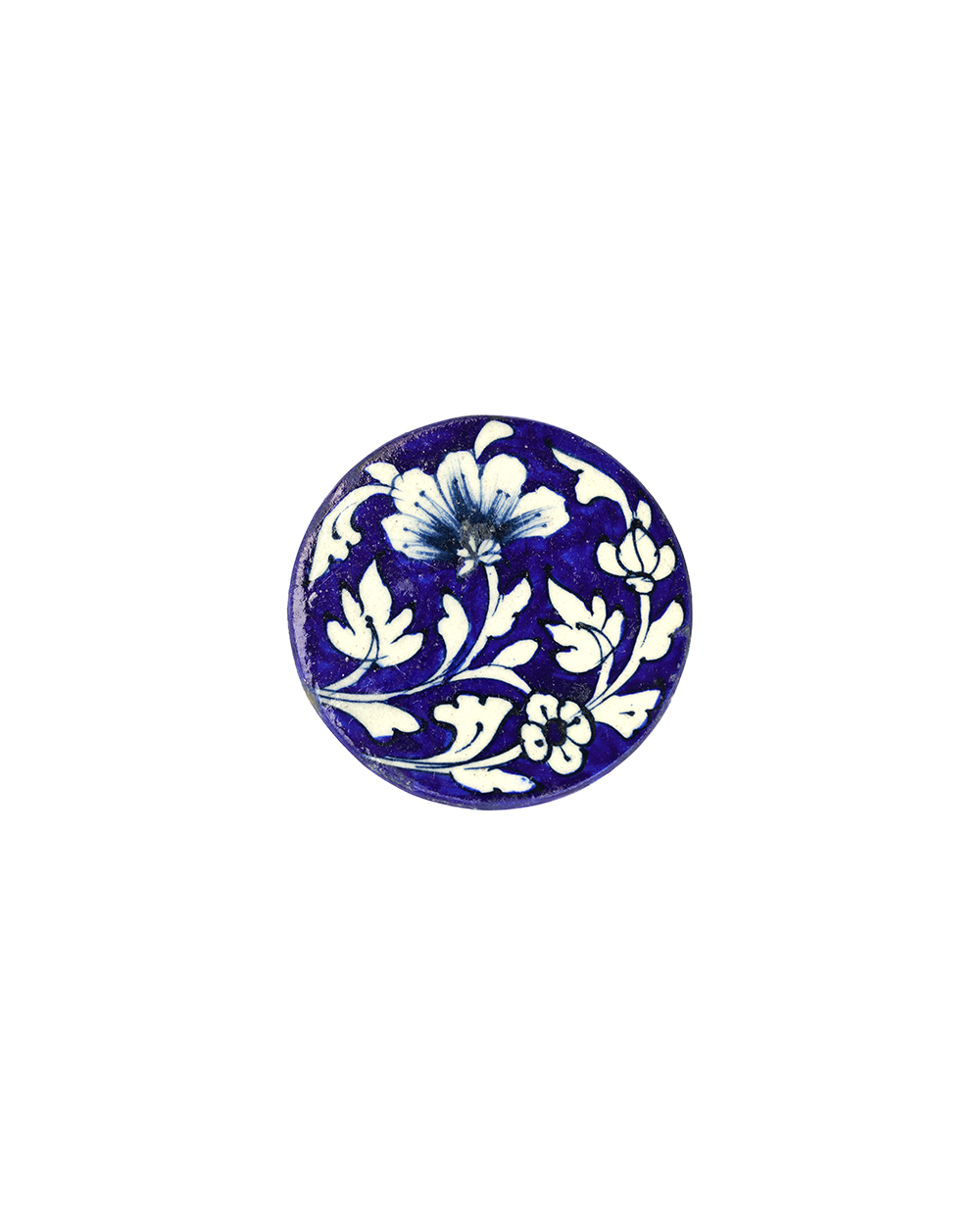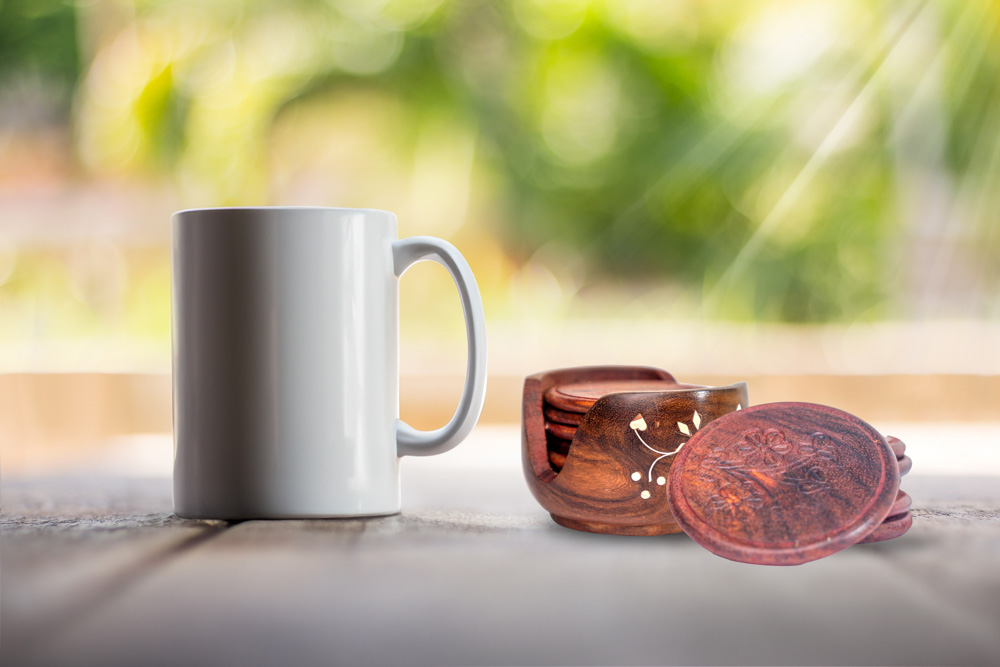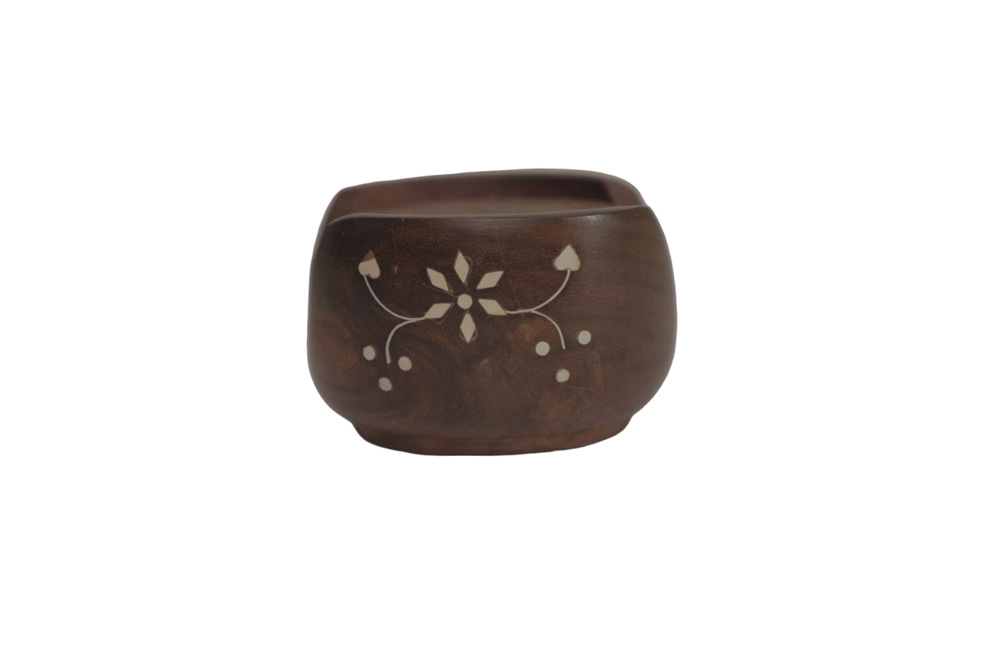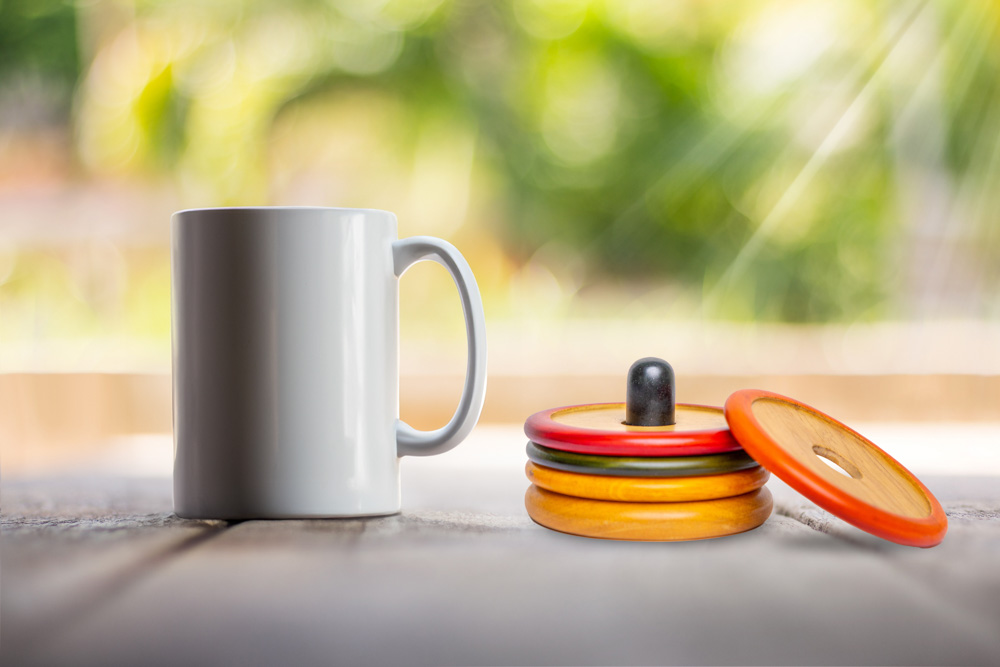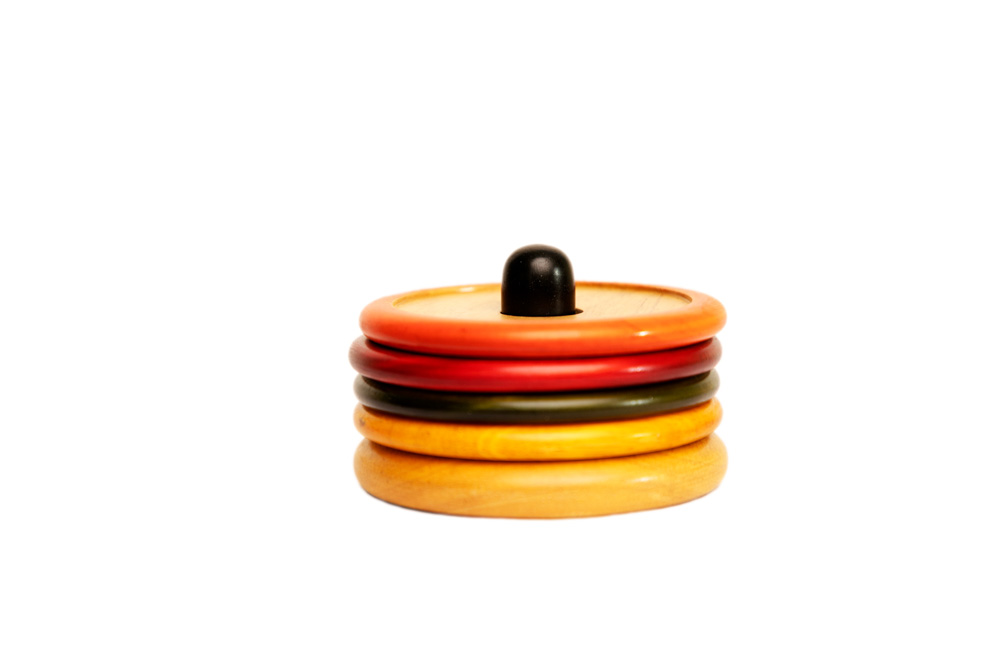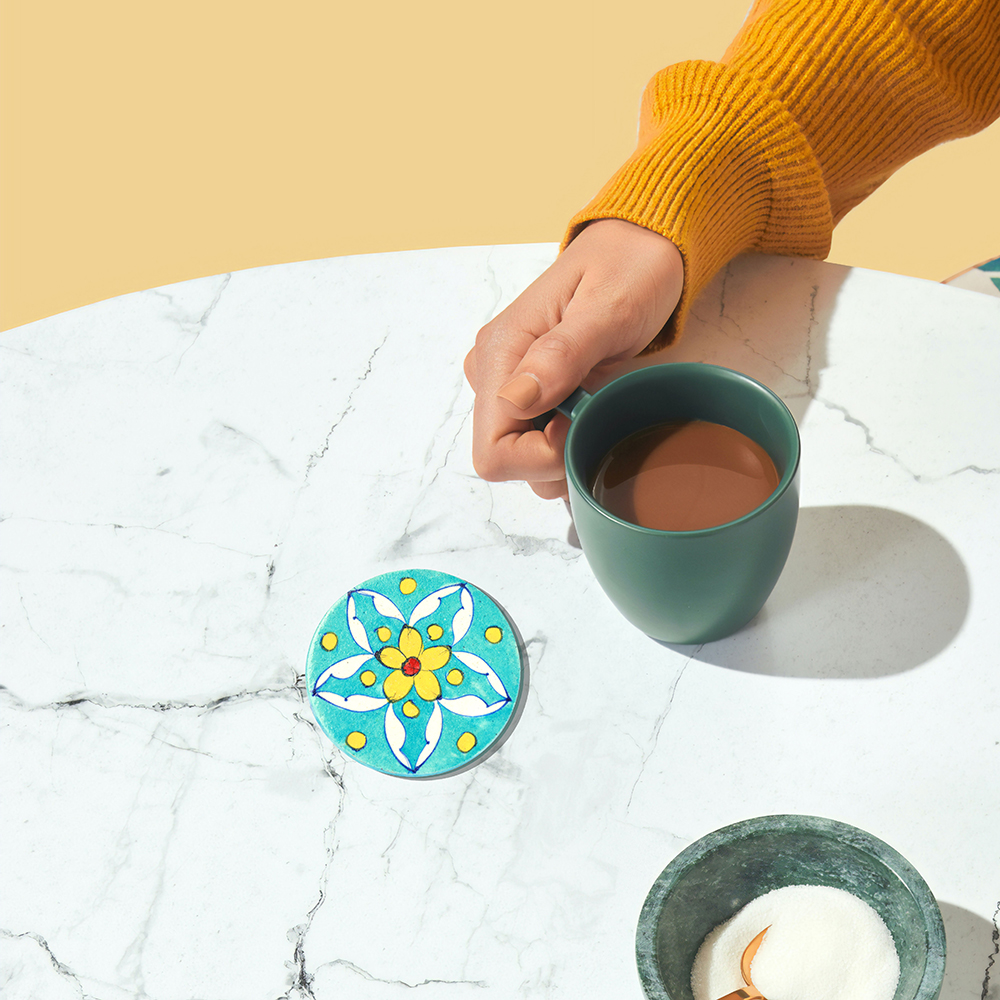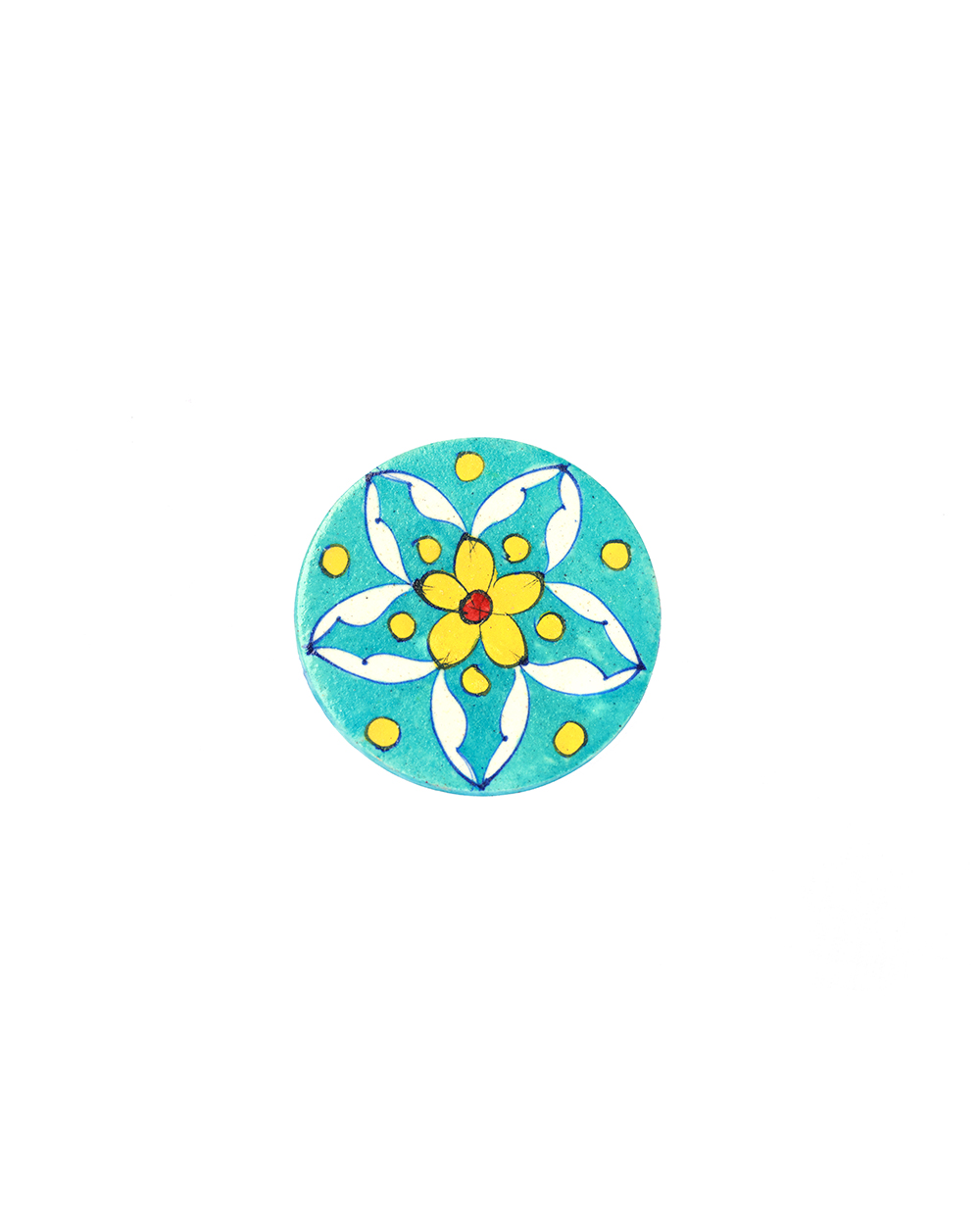Description
Hailing from the historic city of Moradabad in India, our metal craft coaster are handcrafted by skilled artisans who have mastered the art of working with brass, copper, and other metals. Each coaster in our collection showcases intricate designs and exquisite detailing, reflecting the rich cultural heritage and craftsmanship of the region.


